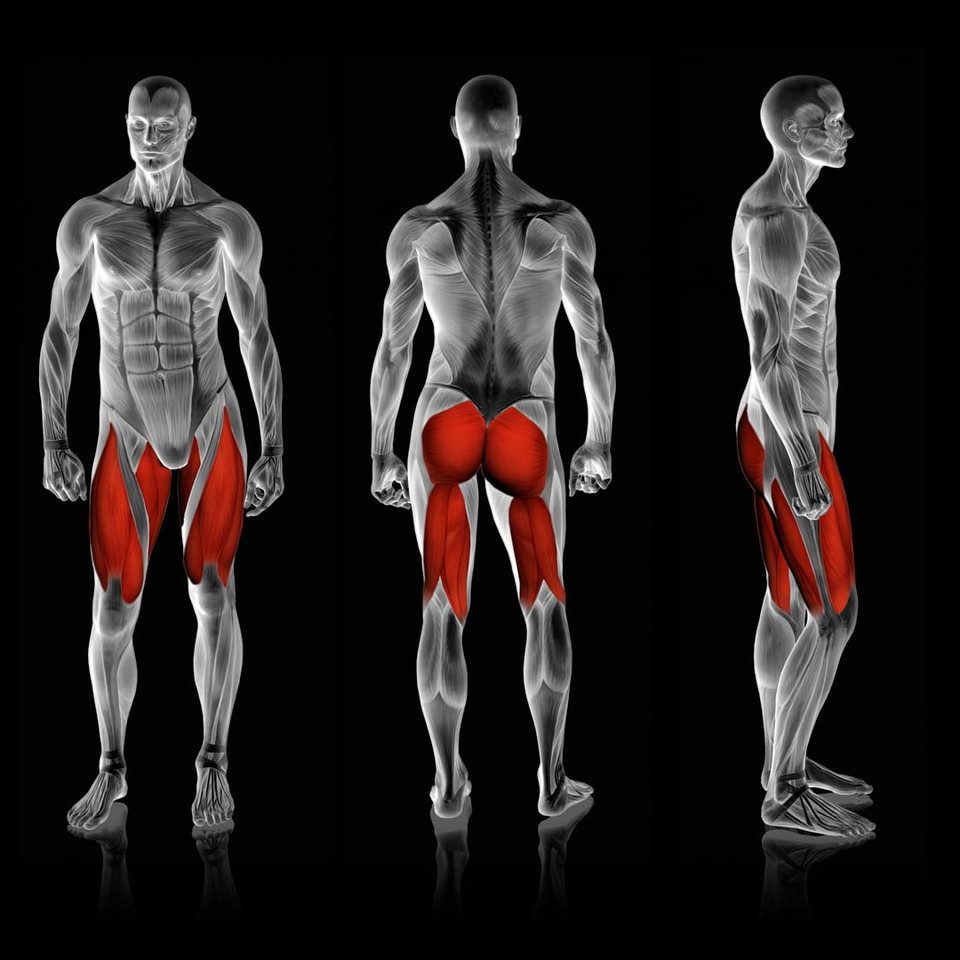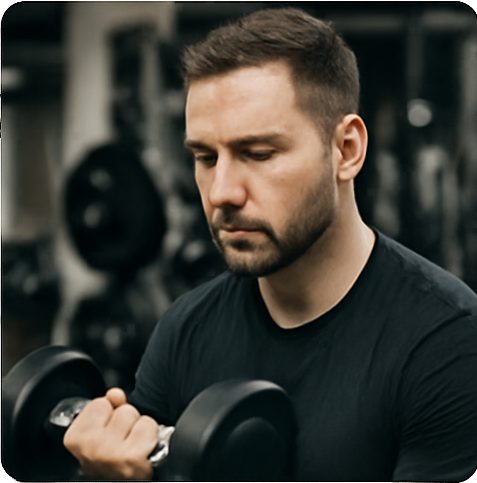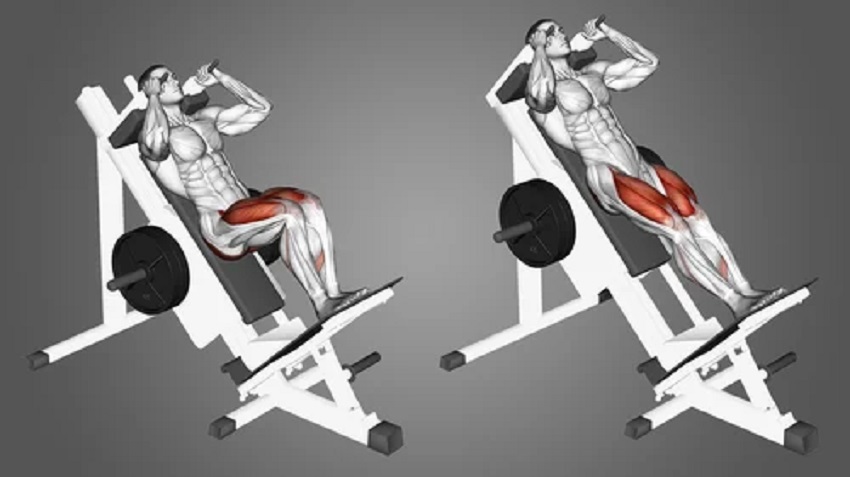The power squat machine wasn’t even on my radar until my back started barking after every barbell squat session. I love training legs, but dang — loading up plates, setting up the rack, keeping form tight — it was a chore. And honestly, my lower back took most of the beating. So I started hunting for something safer but still brutal on the legs.
That’s when I kept seeing the power squat machine pop up in garage gym setups. At first, I thought it was one of those overpriced “as seen on TV” deals. But the more I looked, the more it made sense. Turns out, it’s not just legit — it’s a game changer.
What the Power Squat Machine Does and Why I Use It
A power squat machine is basically a safer, more locked-in version of a squat — especially if your form isn’t perfect or your lower back gets cranky. It’s kind of like if a hack squat and a leg press had a baby. You load it up, step in, rest your shoulders under the pads, and push through your legs in a fixed path.

How It Works:
- You’re pushing against the weight (your body + plates) along a fixed track.
- No balancing needed.
- No bar wobble.
- The machine guides your movement, so it’s easier to hit full depth without tipping forward or tweaking your back.
Honestly, it kind of forces good form — which I needed.

What Muscles Does the Power Squat Machine Work?
- Quads — main target
- Glutes — especially if you go deep
- Hamstrings — support the movement, mostly at the bottom
- Core — a bit, but nothing like barbell squats
Power Squat Machine Benefits and Disadvantages
Benefits:
- Way easier on my back
- I can train to failure without a spotter
- My knees feel better on it
- Crazy quad pump every time
Disadvantages:
- Big footprint — not apartment-friendly
- Pricey (but worth it to me)
- You can’t fake effort — it exposes weak spots fast
Bottom line: it’s not some gimmick. I use it almost every leg day now. It’s just simpler, safer, and honestly more fun than fighting with a barbell when you’re training solo.
How I Picked My Power Squat Machine
Honestly, I didn’t just grab the first power squat machine I saw. I spent weeks crawling Reddit, reading every post and comment I could find. Lotta solid advice out there if you dig deep enough.
Here’s what I kept seeing over and over:
- Smooth movement is a must — if it feels clunky, it’s gonna mess with your groove and your knees.
- Thick shoulder pads = happy traps. Thin pads dig in and suck.
- Check the weight capacity. Some of them max out way too low.
- Bonus if it doubles as a leg press. Saves space and cash.
- Don’t skimp on stability. Wobbly machines are a no-go, especially with heavier loads.
Eventually, I pulled the trigger on a hack squat/leg press combo. Not the cheapest, but it’s solid. Doesn’t shift when I go heavy, and it actually fits in my garage. Total win.
If you’re going this route, take your time. It’s a big buy — better to do it once and do it right.
What I Actually Do On It Besides Just Squats
At first, I figured I’d only use it for basic squats. But turns out, this thing’s way more useful than I thought. Here’s what I’ve worked into my rotation:
- Narrow stance squats – Burn the quads like crazy
- Wide stance squats – Great for hitting the glutes and inner thighs
- Calf raises – Just stand on your toes on the footplate and go to town
- Reverse sled pushes – Not traditional, but I load it up and push slow reps for quads
- Paused reps or slow eccentrics – Brutal but builds control and strength fast
Honestly, if you get a bit creative, this machine covers a lot of ground. It’s not just a one-trick pony.
How the Power Squat Machine Stacks Up Against Other Options
I’ve messed around with a bunch of squat setups over the years — barbell, Smith machine, landmine, hack squat — you name it. But once I got my hands on a power squat machine, the difference was obvious.
Here’s how it compares:
| Option | What I Liked | What Bugged Me |
|---|---|---|
| Power Squat Machine | Super stable, easy on the back, safe to fail | Big footprint, not cheap |
| Smith Machine | Easy setup, decent for multiple lifts | Felt stiff, not a natural squat pattern |
| Barbell Back Squat | Great for full-body strength | Risky if my form slips or I’m tired |
| Hack Squat Machine | Burns quads like crazy | Expensive and massive |
| Landmine Squat | Space-saving and budget-friendly | Hard to go heavy, awkward at times |
If you want a safe, high-impact way to train legs, the power squat machine just makes sense. It’s built for heavy use, feels solid under load without the risks of free weight squats.

Hi, I’m the editor here at Leadman Fitness. We’re a manufacturer focused on producing top-quality barbells, plates, kettlebells, dumbbells, and strength training gear. I’ve been into sports and fitness for years, and I know my way around all kinds of gym equipment—both from using it and helping create it.
I spend a lot of time understanding the real problems people run into in the gym—whether it’s beginners trying to pick the right gear or experienced lifters looking for something more durable. I stay in close touch with our production team and talk directly with other equipment makers, so we’re always improving based on what real lifters and coaches are looking for.
What I share comes from hands-on experience—stuff that actually helps people train better, not just in theory, but in real gyms.
